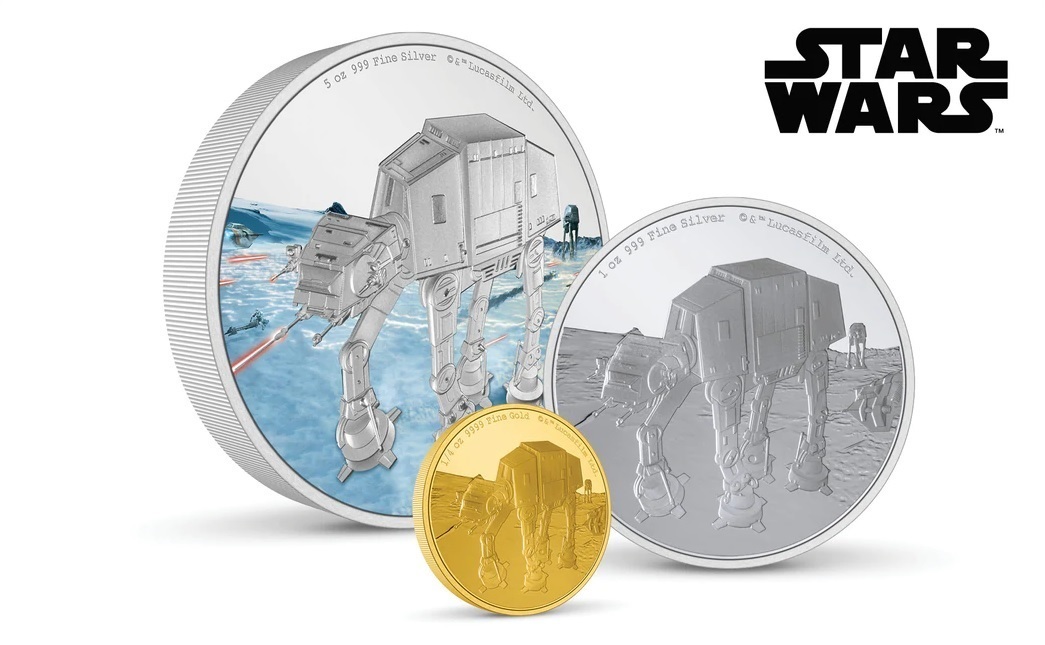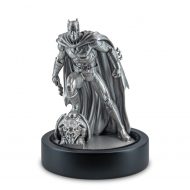Monnaies frappées dans l’atelier de Bombay (♦) / Coins struck in the Mumbai’s Mint (♦)
Cette partie de la boutique Elysées Numismatique est consacrée aux monnaies qui ont été frappées dans l’atelier de Bombay (Inde), dont la marque est ♦. Vous trouverez ici toutes celles actuellement disponibles.
L’institut monétaire de Bombay est rattaché à la SPMCIL (Security Printing & Minting Corporation of India Limited), qui regroupe l’ensemble des ateliers, dont voici la liste :
| Atelier / Mint | Marque / Mint Mark |
| Bombay / Mumbai | ♦ |
| Calcutta / Kolkata | _ _ _ |
| Hyderabad | ★ |
| Noida | ● |
La première frappe de Rupee à Bombay remonte à 1672. Elle a eu lieu au château de la ville, qui depuis 1830 abrite la marine nationale. En effet, c’est à cette date que la pavillon de la Company Jack y fut hissé pour la première fois. Le château fut renommé INS Dalhousie le 26 janvier 1950, puis INS Angre le 15 septembre 1951, en l’honneur du pirate Kanhoji Angre.
L’actuel bâtiment abritant la Monnaie de Bombay a été construit entre 1824 et 1830 par le capitaine John Hawkins. Le directeur en fut James Farish à partir de janvier 1830. Pendant de nombreuses années, trois machines à vapeur y ont frappé quotidiennement 150.000 pièces.
En 1915, il a été établi que l’atelier de Bombay était désormais une branche de la Monnaie Royale de Londres. De ce fait, en 1918, les souverains britanniques à l’effigie de Georges V y ont été frappés. Dès 1919 cette branche fut finalement fermée.
This part of the Elysées Numismatique shop is dedicated to the coins that have been struck in Mumbai Mint (which mark is ♦), in India. Here you will find all those currently available.
Mints that belong to the SPMCIL (Security Printing & Minting Corporation of India Limited) are listed over.
The Bombay Mint struck its first Rupee coin in 1672. It was established in the Bombay Castle. Since 1830, this building is used by the Indian Navy. Indeed, the “Company Jack” naval ensign was hoisted for the first time on the castle in that year. On 26th January 1950, the castle was renamed INS Dalhousie. Then, on 15th September 1951, it was renamed INS Angre, in honour of Maratha Admiral Kanhoji Angre (known as a pirate).
Current Mumbai Mint has been built between 1824 and 1830 by Captain John Hawkins. The director of the establishment was James Farish. For many years, there were three steam engines able to produce 1.5 lakh* coins per day.
In 1918, the Mumbai Mint struck the British sovereign, as a branch of the Royal Mint of London.
*« Lakh » is an Indian English term used for number 100,000.
Aucun produit ne correspond à votre sélection.






